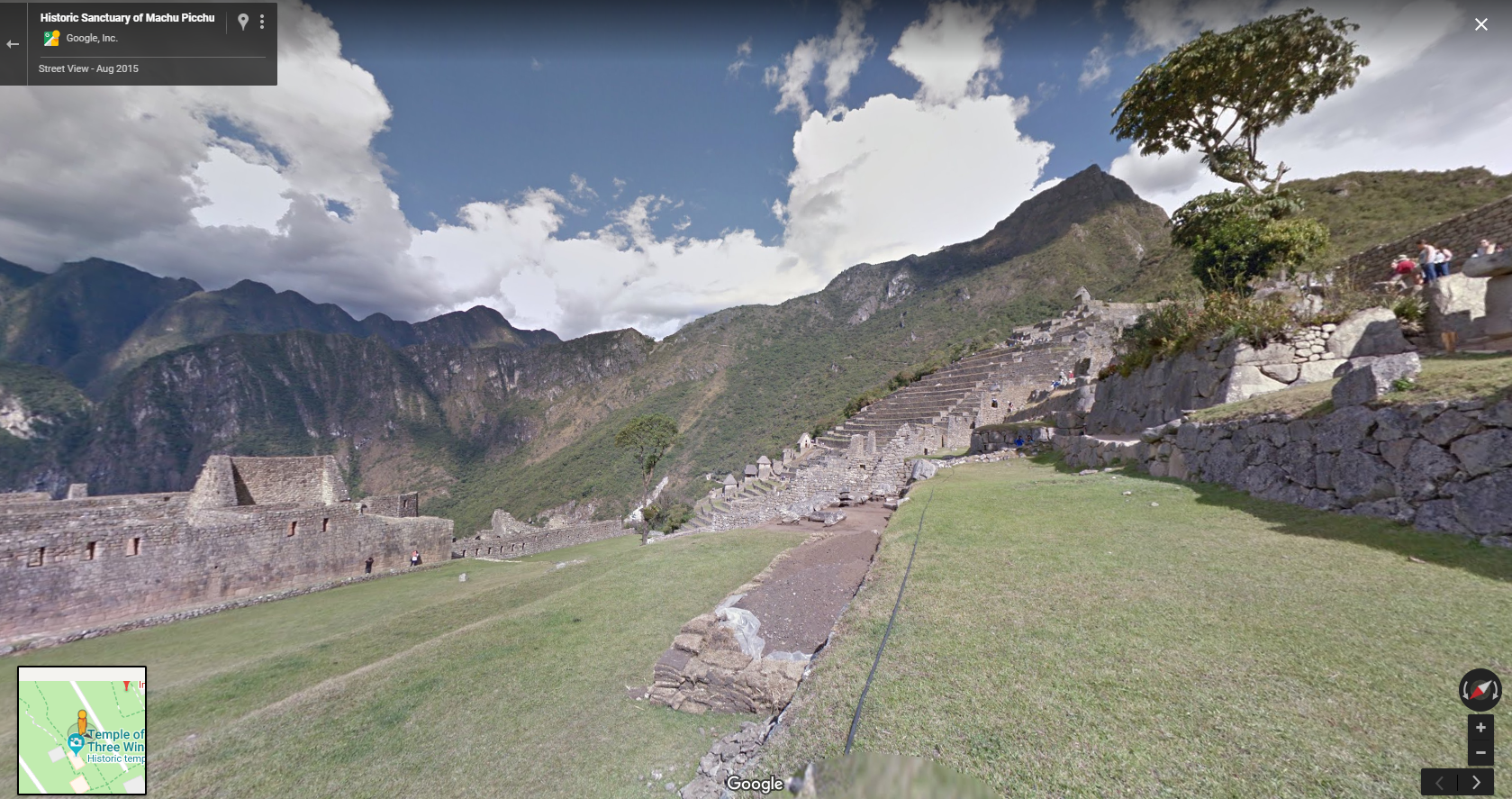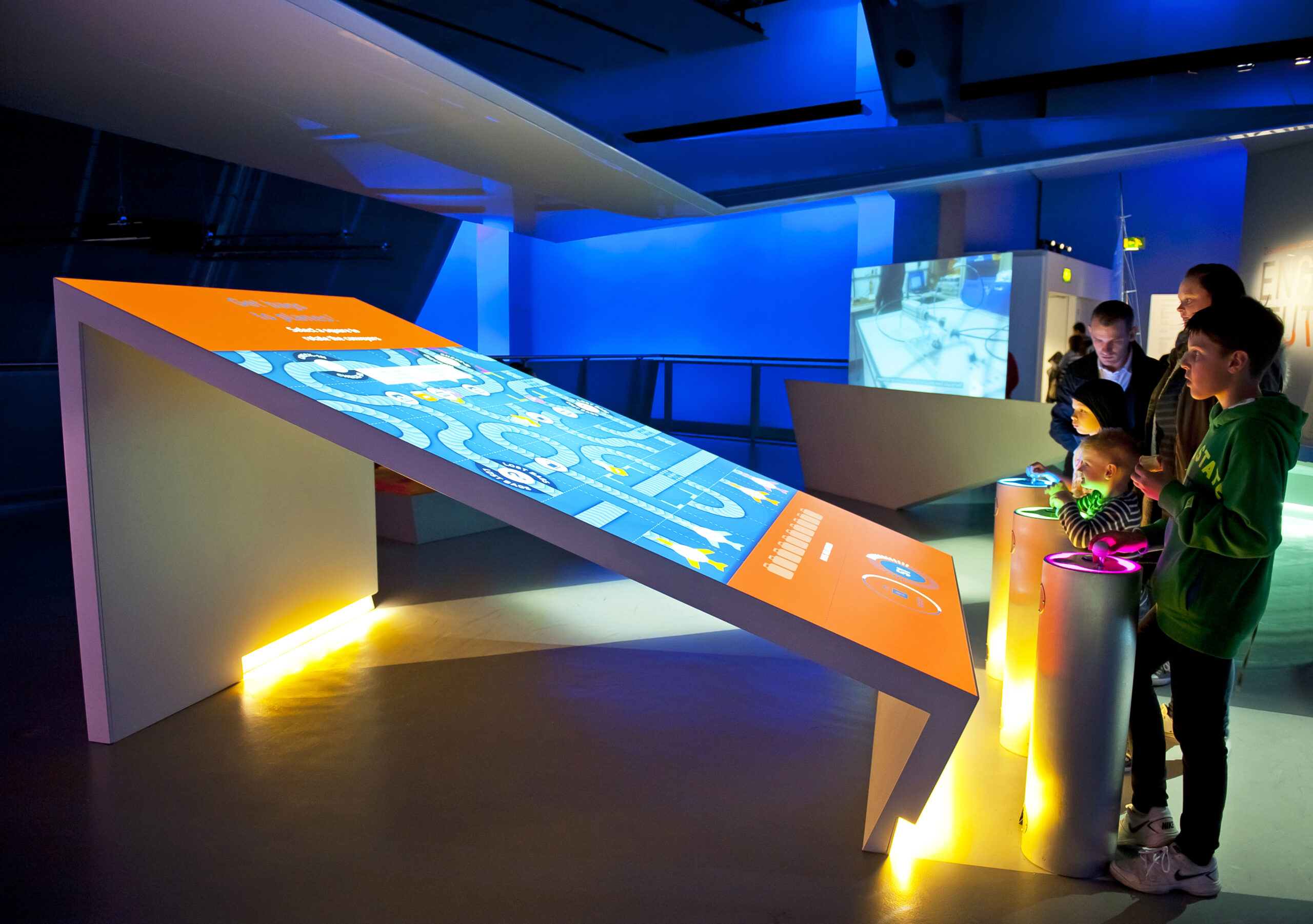Earlier in August, we explored 9 key technologies set to transform the classroom.
Not only are these technologies remodelling the way students learn, but they are also disrupting the education scene and causing major shifts in educational philosophies.
Long gone are the days where students would just sit quietly in rows and listen passively to what their teachers say.
The modern classroom is inviting, stimulating and most importantly student-centric.
From traditional blackboards to interactive whiteboards and multi-touch screens
Touchscreen technologies have been ubiquitous ever since the first Apple iPhone was launched in 2007.
According to a report by Global Market Insights, it is estimated that the multi-touch equipment market is set to surpass $20 billion USD in 6 years.
In recent years, the influence has also extended into the classroom.
Schools have been replacing traditional blackboards in the classroom with interactive whiteboards and now multi-touch screens like the Microsoft Surface Hub.
Here are 3 ways on how multi-touch screens are transforming the classroom:
1. Engaging
Touch screens allow for a more visual teaching style, which is often found to be more appealing and effective.
The use of images, videos and interactive software helps stimulate student imagination.
Ultimately this makes it easier for them to absorb and comprehend difficult topics.

Screengrab taken from Microsoft (Source Link: https://bit.ly/2OgWMWa) displaying the Muscular System app created by Catfish Animation Studio S.r.l.. The app allows students to examine the human body in detail from any angle.
2. Collaborative
With its multi-touch capacity, these touch screens allow more than one user to operate it at the same time.
Teachers can now carry out problem-solving and group activities in the classroom easily with apps like Microsoft Whiteboard and FluidMath, which were previously impossible with single-point touch devices.
Instead of consuming knowledge in a passive manner, learning is now proactive and hands-on.
3. Accessible
Non-traditional learning experiences are now more accessible for everyone.
By taking advantage of interactive softwares like Google Maps, students can go on virtual field trips without having to leave the classroom.

Historic Sanctuary of Machu Picchu in Google Maps
Furthermore, with in-built video conferencing solutions, schools can invite guest speakers from around the world to speak and connect with their students seamlessly.
To learn more about what multi-touch screen technologies Synnex offers, contact us on marketing@au.synnex-grp.com.au.


Leave A Comment